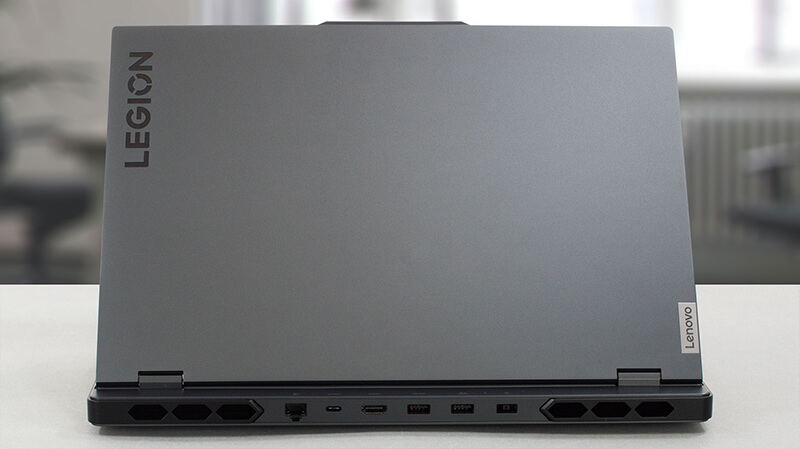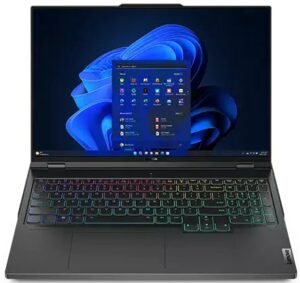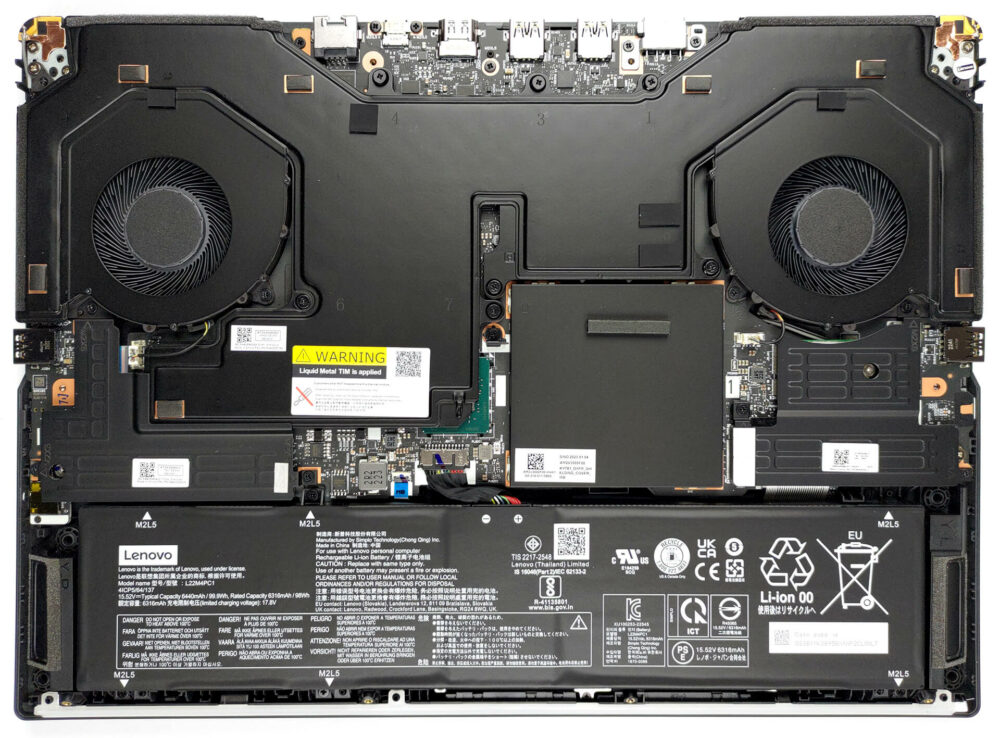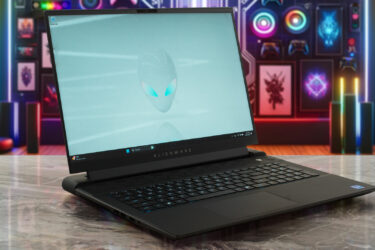How to open Lenovo Legion Pro 7 (16″, 2023) – disassembly and upgrade options
Legion Pro 7 (16″, 2023) offers a good combination of memory and storage upgradeability. However, it sticks with Gen 4 SSDs, where some competitors already offer Gen 5 options.
Check out all Lenovo Legion Pro 7 (16″, 2023) prices and configurations in our Specs System, or read more in our In-Depth review.
1. Remove the bottom plate
Here, you need to undo 10 Phillips-head screws. After that, pry the bottom panel with a plastic tool. Be careful around the side vents, as you need to pop your tool at 90 degrees.
2. Remove the battery
Inside, we find a 99.9Wh battery pack. To continue, remove the two SSD coolers. Then, undo the six Phillips head screws, and unplug the battery connector.
3. Upgrade memory and storage
The memory slots are hidden beneath a metal bracket. Remove it, to access the two DDR5 SODIMMs. They work with 4800MHz and 5600MHz memory modules, and support 6000MHz overclocked RAM. As for storage, you get two M.2 PCIe x4 slots for Gen 4 SSDs.
4. Cooling system
Perhaps the most impressive thing on the inside is cooling. It comprises a thick vapor chamber, four heat sinks, and two large fans.
Check out all Lenovo Legion Pro 7 (16″, 2023) prices and configurations in our Specs System, or read more in our In-Depth review.
Lenovo Legion Pro 7i (16" Intel, Gen 8) in-depth review
Well, 2023 aspires to be a year, where everyone goes all in. NVIDIA released a crazy fast roster of graphics cards, which reach extremely high power targets. Now, manufacturers seem to have no fear to implement them in various form factors.Today, we're going to have a look at the Lenovo Legion Pro 7 (16", 2023). This is a new addition to the Legion family and currently occupies the top spot for premiumness and awesomeness from the brand.As such, the expectations are set really high. Furthermore, its spec sheet is impressive enough to scare everyone who thinks powerful laptops need to [...]

Pros
- Bright RGB
- Capable vapor chamber solution with liquid metal
- 98% DCI-P3 coverage and accurate color representation thanks to our Gaming and Web design profile (MNG007DA2-3 (CSO1628))
- No PWM (MNG007DA2-3 (CSO1628))
- 240Hz panel has very quick pixel response times (MNG007DA2-3 (CSO1628))
- HDR, G-Sync, and MUX switch on board
- Wi-Fi 6E and 2.5Gbit Ethernet support
- Great keyboard and touchpad
- 2x DDR5 SODIMM + 2x M.2 PCIe x4 slots
Cons
- Loud during gaming
- No SD card slot
- Quite expensive













I can’t decide if the photos are completely, or just slightly, useless. Not even poorly drawn arrows explaining what “you need to pop your tool at 90 degrees” could possibly mean. I really hate YouTube… Thanks anyway, I guess?